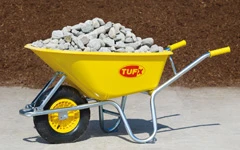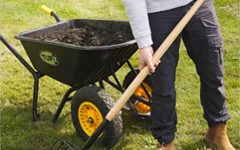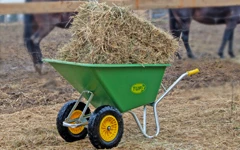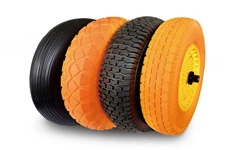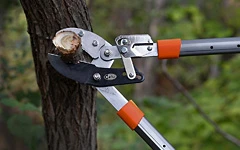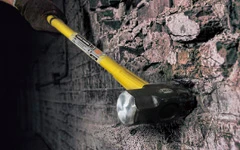On construction sites, municipal projects, and various contracting jobs, selecting the right contractor-grade wheelbarrow can be a decisive factor in boosting work efficiency. As an indispensable material transport tool in modern engineering, these professional-grade devices have evolved into diverse configurations: from lightweight tubs to galvanized steel bodies, from ergonomic European-style frames to stability-focused American designs, and from agile single-wheel setups to heavy-duty dual-wheel systems—each detail reflects specialized engineering considerations.
Faced with an overwhelming array of options, both seasoned contractors and occasional users must evaluate multiple factors:
Job site conditions– Narrow designs for indoor renovations (to fit through doorways) versus rugged, all-terrain tires for large-scale outdoor projects.
-Material handling requirements – Smooth, easy-to-clean interiors for wet concrete versus reinforced thick-walled tubs for gravel and debris.
-Usage frequency – Industrial-grade durability for professionals versus cost-effective options for homeowners.
A superior wheelbarrow should function like a reliable work partner—balanced for easy handling yet sturdy enough for heavy loads, built to endure rigorous use, and designed for real-world efficiency. Just as you should choose the right teammate, finding a model that perfectly balances weight, durability, and functionality is crucial. After all, the right tool can turn grueling labor into streamlined productivity.
How Top-Tier Contractor Wheelbarrows Tackle Extreme Job Site Challenges?
1. Rigorously Tested Components
Every part of a professional-grade wheelbarrow undergoes stringent selection and precision manufacturing to withstand constant stress, intense abrasion, and harsh conditions. Take the tires, for example—they must pass a grueling 12-hour extreme wear simulation (just one of many tests) testing. Only products that meet the highest standards make the cut.
2. Practical, Safety-First Engineering
Design prioritizes functionality and operator protection. Key features include:
- Adjustable front support legs for load stability in varying conditions.
- Quick-convert single/dual-wheel systems for stronger stability.
- Anti-roll locking mechanisms to prevent unintended movement.
These battle-tested refinements boost efficiency while significantly reducing on-site risks.
3. Ergonomic Design for Worker Well-being
Comfort is not a luxury—it is a necessity. Optimal weight distribution and smooth mobility do not just enhance productivity, they also minimize long-term muscle strain, safeguarding the most valuable resource of all: the workers themselves.
Final Thought:
A high-performance wheelbarrow is not just about moving more dirt faster. It is about a day’s work that ends with less strain on your back, the confidence that your tool will not fail under a heavy load, and more energy left for the rest of your life. It is an investment not just in a product, but in your own well-being and productivity.

